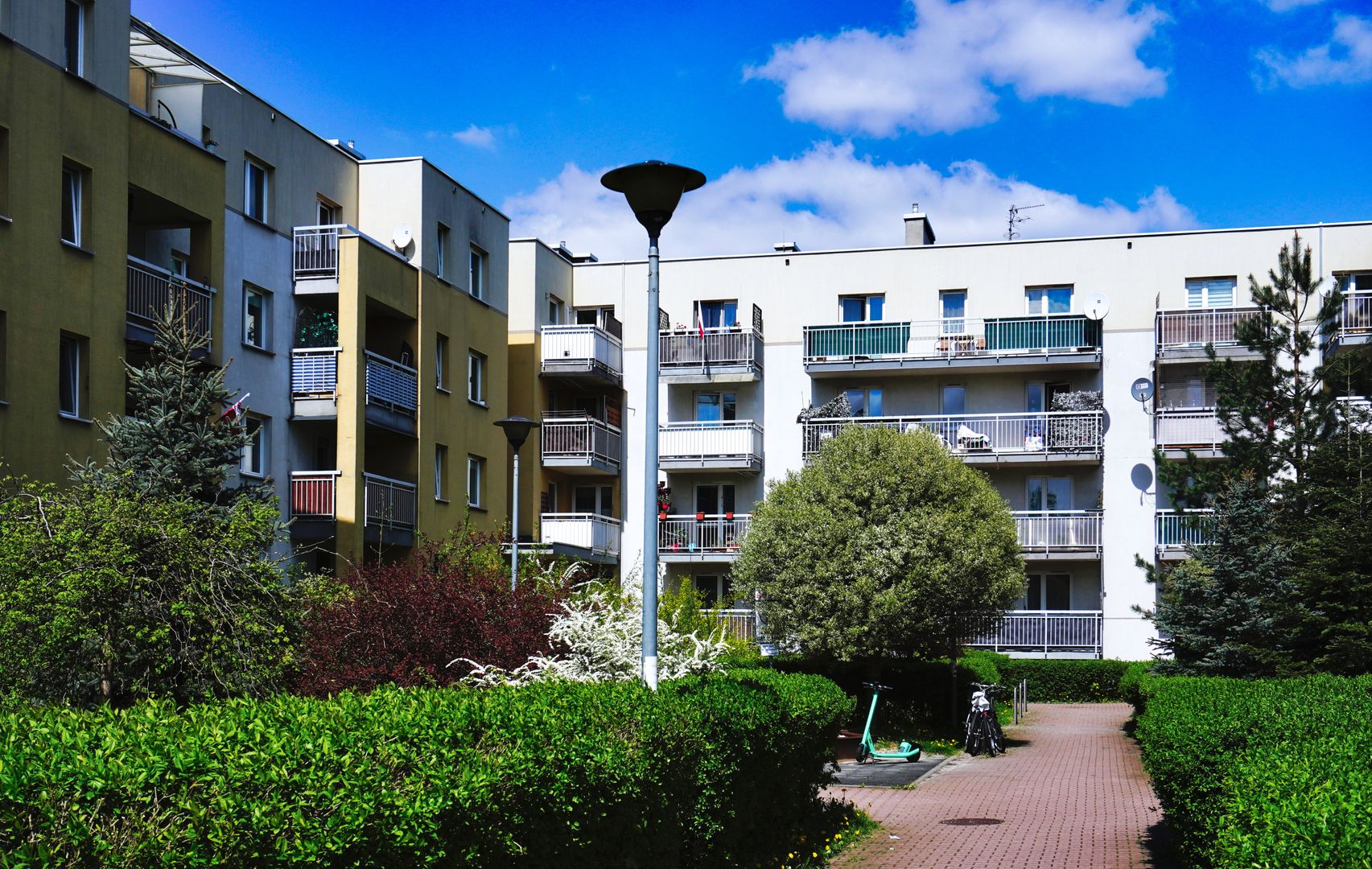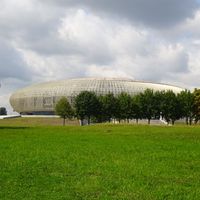Rakowice
6.44

Overview
Rakowice is an area of Kraków, forming part of District III (Prądnik Czerwony) and District XIV (Czyżyny), which was once an independent village. Today, the area is highly urbanized, dominated by apartment blocks and single-family homes, with limited green spaces. Among its notable architectural landmarks is the Church of the Most Holy Name of Mary, as well as numerous housing estates such as Ugorek and Wieczysta. A significant historical site is the former runway of Kraków-Rakowice-Czyżyny Airport, which played a key role in the development of Polish aviation. Rakowice is also home to the Polish Aviation Museum, located on the historic grounds of the former airport. The history of Rakowice dates back to 1244, when the village was founded; its name derives from the first owner’s given name or nickname. In the 16th century, the village was destroyed during struggles for the throne, and later, as a result of the partitions, it came under Austrian rule. In the early 20th century, after the airport was built in 1912, Rakowice became known as the "cradle of Polish aviation." The airport, which developed during the interwar period, ceased to function as the main airfield after World War II, and the area was repurposed. An interesting fact is that in 1923, the first rice hulling plant in Poland was built here, and the local fruit tree nursery was renowned nationwide. Rakowice was incorporated into Kraków in 1941 and underwent various administrative changes in the following years. Its urban development accelerated significantly after World War II, leading to increased building density. Today, Rakowice is a place with a rich history, numerous educational institutions, and well-developed transportation infrastructure, making it an important part of modern Kraków.
Location
Tickets
Powered by GetYourGuide
You can also find here:
2025 Wizytor | All Rights Reserved
